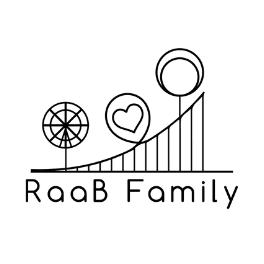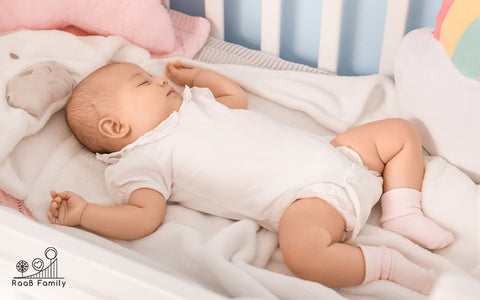1. Choose a crib that meets safety standards
When shopping for a crib, the first thing you’d want to look at is whether the product complies with latest safety standards, which are regulations that require manufacturers to ensure that the baby crib is structurally sound and contains no harmful substances or chemicals.
Assess the crib’s construction for durability and stability and ensure that all joints, fasteners, and components are secure and free of protrusions or edges that could harm your baby. You’ll also want to ensure that the spacing between the crib slats is below 6 cm to prevent the risk of your baby’s head or limbs becoming trapped.
Learn More: What to Look for When Buying a Baby Crib
2. Assemble the crib according to manufacturer’s instructions

The manufacturer’s crib assembly instructions are designed to guide you through the correct assembly process. It is important that you follow these instructions to ensure that all components are securely fastened and correctly aligned, which is crucial for both the crib’s structural integrity and your child’s safety.
3. Pick the right mattress size
Gaps between the mattress and the crib’s sides can create a dangerous situation where your baby’s limbs or head could become trapped. These spaces also increase the risk of sliding and slipping, which can pose a safety risk, especially if your child jumps or moves around frequently in their cot.
A snug crib mattress minimises these risks and reduces the potential for injury by providing a stable and even support for your baby.
4. Avoid loose bedding
Loose bedding like blankets, quilts, pillows, and stuffed animals are items that can suffocate your child if you’re not careful. Due to their limited motor skills and coordination, babies cannot free themselves effectively if these things cover their face.
Excessive bedding can also make the sleep environment hot and uncomfortable for your baby, who is unable to regulate their body temperature as efficiently as adults.

So, instead of traditional blankets, we recommend swaddling your baby or dressing your child in wearable blankets or sleep sacks. These are secure garments that can keep your kid warm without the risk of covering their face.
5. Position the crib strategically
When it comes to positioning your baby’s crib in a safe spot, there are several important considerations to keep in mind. Simply placing the cot against a wall isn’t going to guarantee your child’s safety. Here are some tips:
- Avoid the wall: While flushing the crib against the wall seems like a secure option, this method can present risks. For example, entrapment between the crib and the wall or children bumping their heads against the wall.
- Stay away from windows, curtains, and cords: Apart from the risk of children climbing over windows, the drapes, blinds, and curtain cords usually located near them can also pose safety concerns. Your child may become entangled in these cords or accidentally pull on them, potentially causing strangulation or other injuries.
- Avoid heating or cooling sources: Position the cot away from heating or cooling sources. This is because babies can easily overheat or become too cold, which can lead to discomfort or health issues.
- Check for hazards above the crib: Ensure that there are no hazards above the crib, such as heavy wall-mounted decorations or shelves. These items can potentially fall and pose a risk to the baby. Make sure everything above and around the crib is securely attached.
- Stay away from electrical outlets: Babies are naturally curious and may attempt to insert objects into electrical outlets. Use outlet covers to childproof your baby's nursery and keep them safe from electrical hazards.
6. Lay play mats around the crib
Using play mats around the nursery for crib safety is highly recommended for several reasons. Not only does it provide a cushioned surface in case the baby falls or rolls out, it also serves as a play area of your child when they’re not in their cot. These baby floor mats are essential if your toddler is growing and learning how to climb out of their crib.

With play mats, your child can freely explore and discover their surroundings on padded, clean surfaces, rolling, moving, and crawling around without the risk of injury. This promotes healthy physical development and enhances motor skills.
Keeping your child safe at all times is no easy feat, but with the right equipment, childproofing your home is made much easier.
Want to create a safe and nurturing environment for your baby? RaaB Family offers high-quality, innovative products that offer safety, comfort, and convenience to you and your child. Shop top-of-the-line baby furniture and play mats here!

